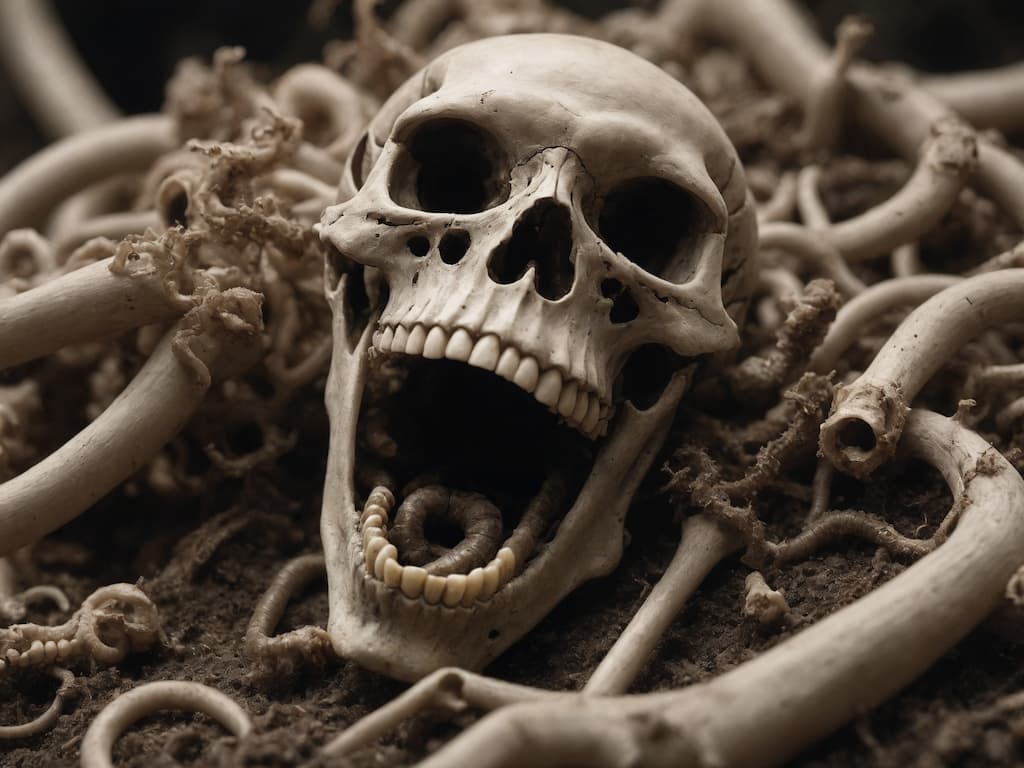Human death, an inevitable and natural phenomenon, opens the way to a chain of events that culminates in the physical and chemical transformation of the body, a process known as decomposition. A study just published in the magazine Nature Microbiology sheds light on this intriguing process, revealing revolutionary details about the consistency and universality of the microbial communities that participate in the degradation of corpses.

You may be interested: 5 human corpses that refuse decomposition
Researchers discovered that certain microorganisms, rare in non-decomposing environments, systematically and specifically converge on decomposing human bodies. Forming what they called “decomposition ecosystem”.
Decomposition microorganisms.
The discovery emerges from a meticulous experiment where scientists buried 36 human corpses donated to science to decipher how and when communities of bacteria and decomposer fungi are established. By taking samples of the skin and surrounding soil over a period of 21 days after death, they found a remarkably uniform microbial composition, independent of the environment or the season in which the study was carried out.
Devin Finaughty, a forensic entomologist who contributed to the interpretation of the findings, highlighted the importance of this natural process, not only for its role in recycling organic remains and preventing their accumulation. But also as a critical factor in the maintenance of ecosystems. Decomposition, according to Finaughty, is very clearly distinguished from mere degradation that occurs by erosive physical forces, providing nutrition and shelter to a range of organisms that participate in it..
Implications in forensic science.
This study not only has environmental implications, but also practical implications within forensic science. The data collected offer a temporal map of the microbial colonization that arises after death, providing vital clues about the time that has passed since the death of an individual. The study authors even developed a automated learning model that estimates with high precision the age of a corpsea practice that could revolutionize the forensic field thanks to the temporal precision of microbial decomposition.
The study suggests that Insects could be key actors in the dispersion of these microorganisms from one corpse to another, adding a layer of complexity to the role of fauna in this natural process. Such a discovery could provide new techniques for establishing the time of death, representing a significant advance in forensic investigation.
These discoveries not only unravel aspects of microbial ecology of great importance for understanding the cycles of life and death, but also provide novel tools for forensic science in solving crimes. We find ourselves on the threshold of a new era where death, far from being the end, is only the beginning of an exciting scientific journey.




